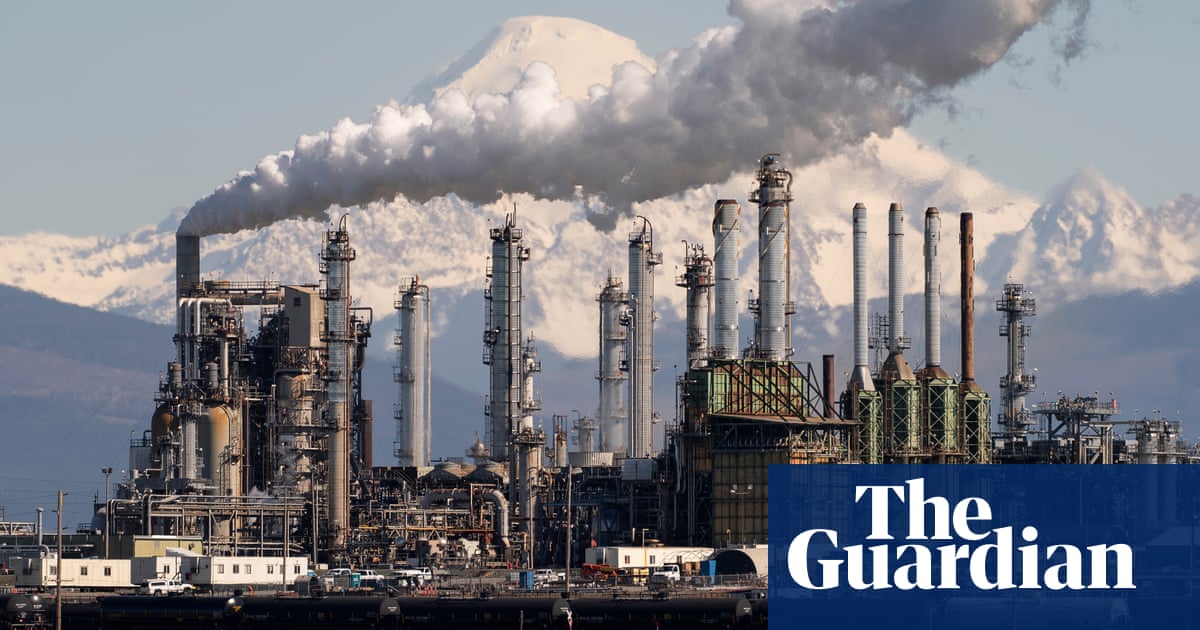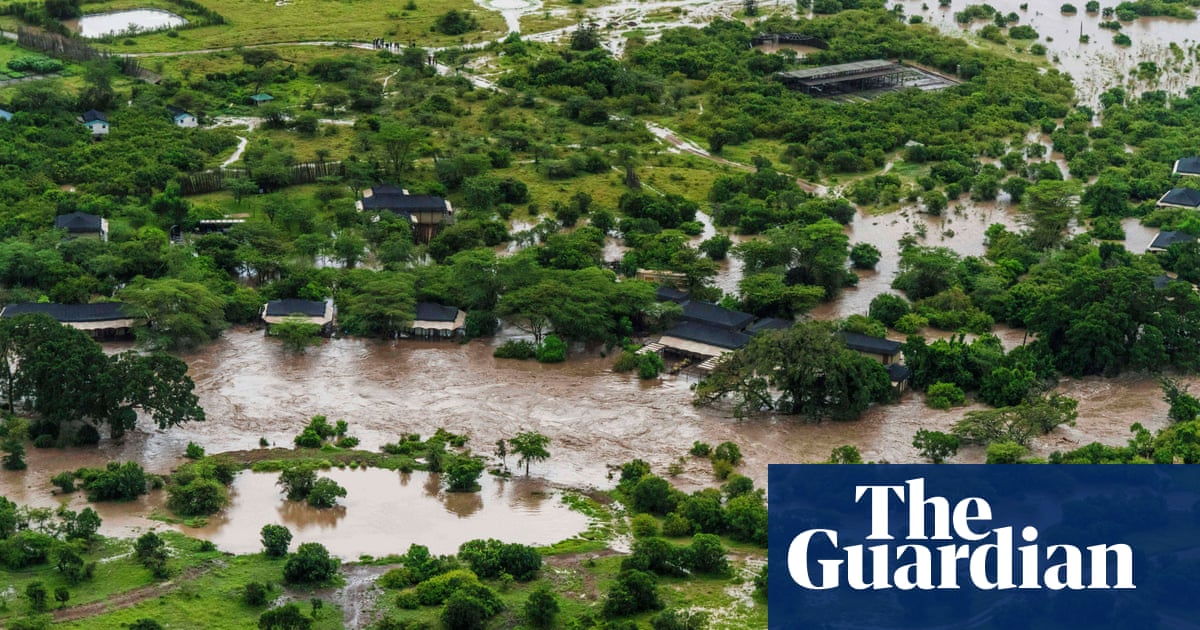As Baltimore bridge cleanup begins, fear of environmental contamination looms | Baltimore bridge collapse


As authorities clean up the wreckage left behind by Tuesday’s deadly collapse of Baltimore’s Francis Scott Key Bridge, they are also looking for signs of potential environmental contamination.
Responders have currently found “no immediate threat to the environment”. But for environmental experts, concerns still loom.
“We definitely hope that it comes true that there’s no risk to the public,” said Jennifer Kunze, the Maryland organizing director for conservation group Clean Water Action. “But we can never take anything for granted, and it’s too early for everything to be analyzed and for me to say anything for sure.”
The massive container vessel that struck the bridge on its way out of the Baltimore harbor was carrying at least 56 containers of hazardous material, collectively containing 764 tons of corrosives, flammables and other contaminants, the National Transportation Safety Board (NTSB) said on Thursday.
Fourteen of those containers were destroyed during the crash, officials said, but they detected no immediate cause for concern – at least not yet.
“As far as we know there is no immediate threat to the environment,” a partnership among the federal and state agencies and emergency management consultants responding to the bridge collapse – known as a unified command – wrote in an email.
So far, it seems Baltimore may have averted a number of worst-case scenarios, said Gary Belan, a senior director at the national conservation organization American Rivers. For one, the 14 destroyed containers were primarily full of essential oils, soaps and perfumes. These can be damaging – but “in small enough quantities, they’re not overtly harmful”, Belen said.
“You typically see some level in urban rivers of soaps or perfumes,” he said, noting those materials can enter waterways through sewage overflows or stormwater runoff amid heavy rains.
Also, since the Key Bridge sat on the wide mouth of the Patapsco River, it’s likely that those contaminants would be quickly dispersed, he said.
If the hull of the cargo ship had breached and leaked fuel oil into the water, that would have also spelled disaster. But so far, it appears the hull is intact. Though the collapse response’s unified command did detect a sheen on the water, Belen said that could have come from vehicles on the bridge that plunged into the water.
“Fuel oil is toxic substance, particularly for any sort of wildlife in the water like the fish and birds,” he said. “Any time there’s a container ship issue that’s a big concern.”
Another positive sign: in a statement, the unified command also said no volatile organic compounds or flammable vapors were observed in the air in or around the ship. “That’s a big relief,” Belan said.
But the ship could still pose risks. Responders must still untangle the ship from the remaining collision-related debris and then remove it from the water safely – a process that could take weeks.
In the meantime, more containers could fall into the water, including ones the NTSB says contain corrosive chemicals and lithium-ion batteries – materials that could leak toxic heavy metals into the water. And as long as the ship remains in the water, the possibility of the ship’s fuel container rupturing remains.
after newsletter promotion
“It seems like right now we are in a good spot, but I think it’s still ‘wait and see’ because they still need to get the ship off the water,” Belan said.
The Key Bridge sat over the Patapsco River at the mouth of the Chesapeake Bay. Its collapse came amid more than a decade of efforts to foster clean enough conditions in the harbor to swim.
Home to a wide variety of marine life on which crabbers and fishers rely, the Patapsco River has in recent years become the focus of conservation programs, including efforts by national and state agencies and American Rivers to remove dams along the waterways to open up more passages for migratory fish.
The local conservation organization Blue Water Baltimore said it has been in contact with the state department of the environment about potential environmental concerns in the wake of the disaster. It is calling on locals to report anything unusual they see on the water.
“We need your help. Please keep an eye out for any changes in the water and report anything you might notice – strange odors, discoloration, dead fish – to Blue Water Baltimore’s pollution reporting hotline,” the group wrote in a statement.
Past experiences have eroded some Baltimore residents’ trust in officials, said Kunze, of Clean Water Action. For instance, residents in the majority-minority neighborhood of Curtis Bay – not far from the fallen bridge – complained for years that coal dust from a nearby coal terminal was plaguing their neighborhood. But the state did not officially acknowledge the problem until late last year.
That will make ongoing testing and community engagement about the bridge cleanup particularly important, Kunze said.
She added: “I think people in the city are really going to want updates and transparency and frequent communication.”
Source link




